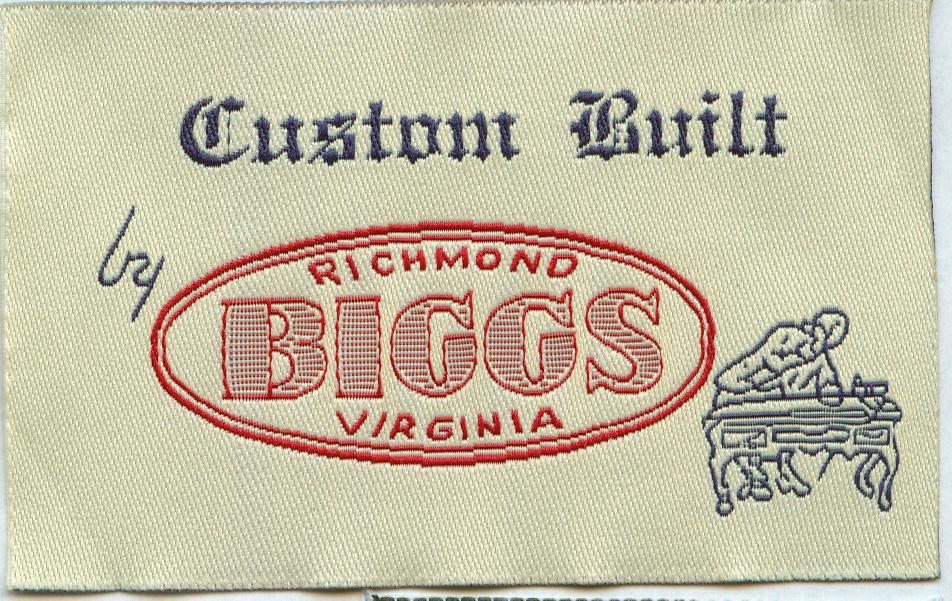How to Choose the Right Identification Labels: An Extensive Study
Labeling IDs may be considered minor details, but they are of great significance in businesses like manufacturing, retail, etc. Labeling just right is the solution for a whole pack of issues, including keeping order, tracking things in one place, and brand identification. In this extended research, we will tell you about various identification labels mentioning their pros and cons, common applications, material traits and customization processes.
Paper Labels:
Advantages:
- Temporary identification labeling solution for budget-friendly goals.
- It can be printed using standard printers without any issues.
- Environmentally sustainable choices, preferably from recycled materials.
Disadvantages:
- It can become ruined after going through the cycles of being washed and dried. Also, it can be ripped by strong wear-and-tear.
- No good for the outside environment and harsh conditions.
- Shortwear force against competition materials.
Common Applications:
- Office organization, file labeling, and document management.
- Product packaging and labeling for short-term promotions.
- Labels for not-perishable products, shipped or mailed.
Material Properties:
- Generally lightweight and flexible.
- They have limited resistance to changes in water and temperature.
- Different levels of stickiness are offered for various uses.
Customization Options:
- Clearly designed with text, logos, and barcodes for a printable nature.
- This type of rug comes in different shapes and sizes ranging from round to rectangular depending on the type of surface.
- Are precut and can be supplied as per consumer needs, no matter customers require rolls or rolls only, the store will have no trouble complying.
Vinyl Labels:
Advantages:
- Identification Labels made of high-strength materials, strong and wear-resistant suitable for indoor and outdoor usages.
- Resistant to many complexities such as water stains, chemicals, or wear and tear.
- The multi-tensile but long-lasting adhesive properties provide the necessary durability for securing fasteners in suspension bridges, aircraft, and industrial machines.
Disadvantages:
- Largely more expensive compared to printable labels.
- Lower flexibility as other materials.
- This can affect creative and artistic elements of the music.
Common Applications:
- Facility setup and equipment and asset labeling in industrial settings.
- Warning markings and signs cautions during construction sites.
- Disposal of the products into nature and defect indicators.
Material Properties:
- Thick and well-built framework for more resistance forms.
- Outstanding resistance to water, oils and solvents.
- UV-resistant options available for endurance outdoor exposure.
Customization Options:
- Can be found in a broad range of colors, fonts and graphics.
- It is available in many finishes and options, such as glossy and matte.
- Custom shapes and sizes can be as is needed.
Hang Tags:
Advantages:
- Easily attachable and removable, perfect for temporary or seasonal applications.
- Cost-effective and versatile, suitable for a wide range of products.
- Can be designed to enhance the product presentation and branding.
Disadvantages:
- Not durable for long-term use or harsh conditions.
- Limited security features, as they can be easily removed or transferred.
- Prone to damage or loss during handling and shipping.
Common Applications:
- Clothing and apparel to display size, price, or brand information.
- Gift items and boutique products for a personalized touch.
- Promotional items during events or in retail settings to highlight special offers.
Material Properties:
- Typically made from cardstock or plastic, depending on the need for durability.
- Lightweight and can be printed with high-resolution designs and text.
- Available in various thicknesses to suit the product weight and handling requirements.
Customization Options:
- Wide range of printing options including digital, screen, or offset printing.
- Can include features such as die-cut shapes, string attachments, or adhesive backings.
- Options for foil stamping, embossing, or UV coating to make the label stand out.
Conclusion:
Choosing the right identification labels requires careful consideration of your specific needs and requirements. Whether you prioritize cost-effectiveness, durability, or branding, there’s a label solution tailored to your preferences. Remember to explore the range of label options and consider reaching out to a label expert for further guidance on selecting the perfect labels for your business.


